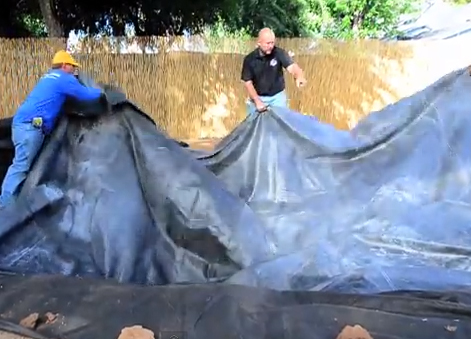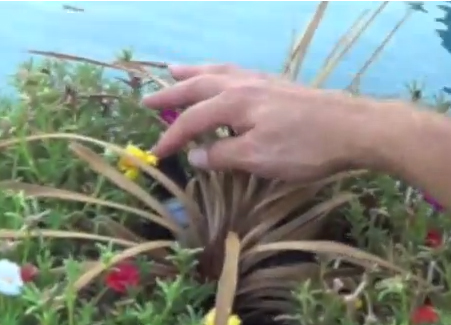ARTICLES
Advance Search
Aquatic Health
Aquatic Health, Fitness & Safety
Around the Internet
Aquatic Culture
Aquatic Technology
Artful Endeavors
Celebrity Corner
Life Aquatic
Must-See Watershapes
People with Cameras
Watershapes in the Headlines
Art/Architectural History
Book & Media Reviews
Commentaries, Interviews & Profiles
Concrete Science
Environment
Fountains
Geotechnical
Join the Dialogue
Landscape, Plants, Hardscape & Decks
Lighter Side
Ripples
Test Your Knowledge
The Aquatic Quiz
Other Waterfeatures (from birdbaths to lakes)
Outdoor Living, Fire Features, Amenities & Lighting
Plants
Ponds, Streams & Waterfalls
Pools & Spas
Professional Watershaping
Structures (Editor's Notes)
Travelogues & History
Water Chemistry
WaterShapes TV
WaterShapes World Blog
Web Links
Around the Internet
Aquatic Culture
Aquatic Technology
Artful Endeavors
Celebrity Corner
Life Aquatic
Must-See Watershapes
People with Cameras
Watershapes in the Headlines
I've done an awesome amount of painting in the past six months - two bedrooms, two hallways, a den, a kitchen, a utility room and our living room as well as the outside of the front door. I won't count the two bathrooms, because I painted them last year: They looked so good that the pressure mounted to bring everything else up to speed. I learned two invaluable lessons along the way. First, having the right
With the excavation of the main pond area complete - that is, with all shelves cut and compacted and niches prepared for caves and hiding places - it's time to insert the underlayment and place the liner. The underlayment is something of an unsung hero in pondcrafting: It keeps sharp stones from gouging the liner as it's being set in the hole and, longer term, deflects roots that might try to penetrate the liner to get easy access to a huge source of water. Our goal is to prevent any such problems, so we
With the excavation of the main pond area complete - that is, with all shelves cut and compacted and niches prepared for caves and hiding places - it's time to insert the underlayment and place the liner. The underlayment is something of an unsung hero in pondcrafting: It keeps sharp stones from gouging the liner as it's being set in the hole and, longer term, deflects roots that might try to penetrate the liner to get easy access to a huge source of water. Our goal is to prevent any such problems, so we
While Snorkeling in the Pacific, Marine Science Instructor Finds 'Sea Monster'
While Snorkeling in the Pacific, Marine Science Instructor Finds 'Sea Monster'
Compiled and Written by Lenny Giteck Open-Water Swimming Vacations: Latest Trend in Adventure Travel
Compiled and Written by Lenny Giteck Open-Water Swimming Vacations: Latest Trend in Adventure Travel
For as long as I can remember, I've noticed that people with pools in their backyards tend to like to put big pots near the water: It's a nice touch that breaks up the horizontal plane and brings an easy sense of scale to the setting. The greenery and flowers can be nice, too. Watershape designers have gotten in on the act as well, inserting pots into projects as visual anchors, as is the case in the project on display in the video linked below: We used them here not only to
For as long as I can remember, I've noticed that people with pools in their backyards tend to like to put big pots near the water: It's a nice touch that breaks up the horizontal plane and brings an easy sense of scale to the setting. The greenery and flowers can be nice, too. Watershape designers have gotten in on the act as well, inserting pots into projects as visual anchors, as is the case in the project on display in the video linked below: We used them here not only to
Compiled and Written by Lenny Giteck Celtics Forward Brandon Bass Takes Swimming Lessons at 28

















